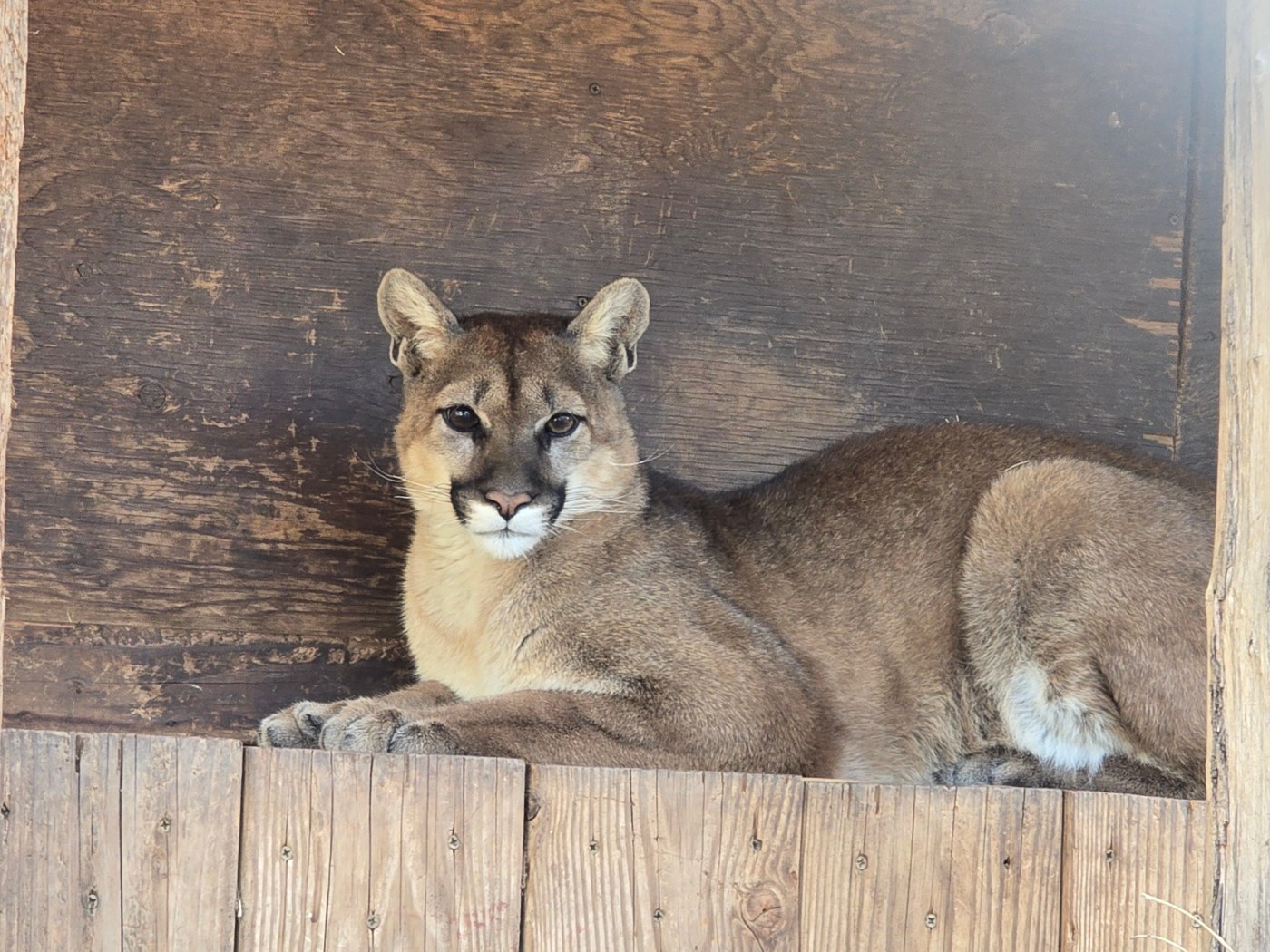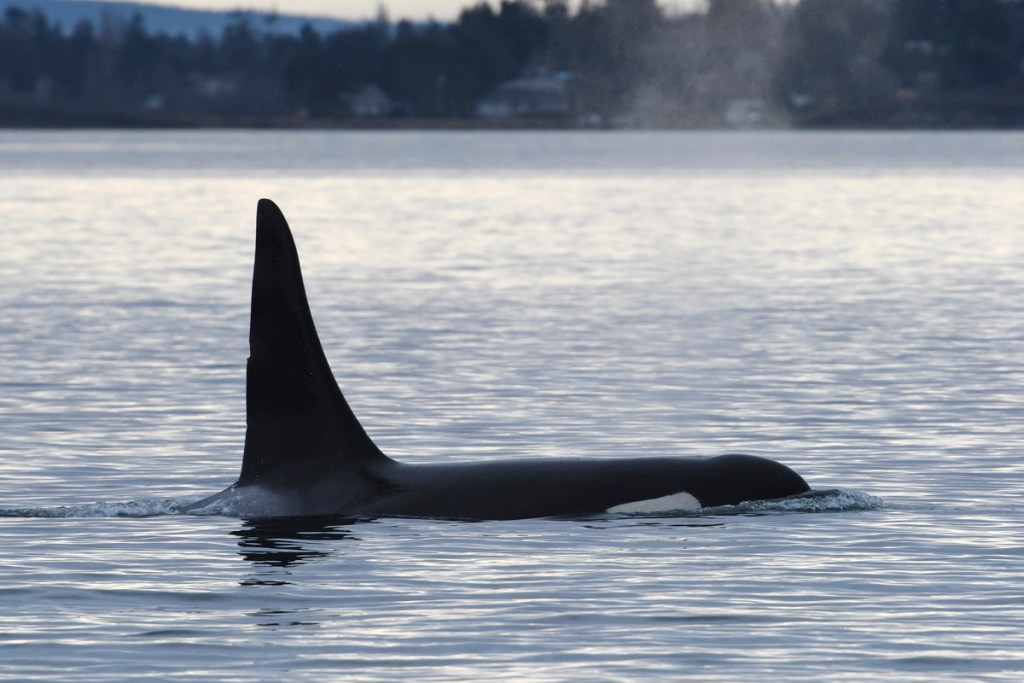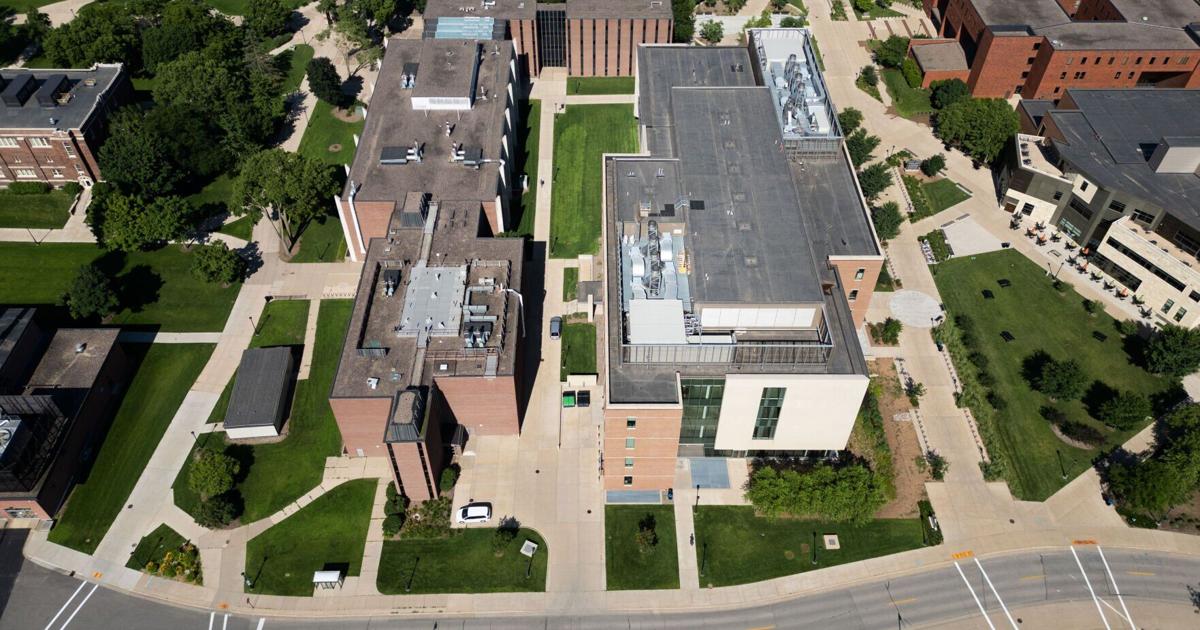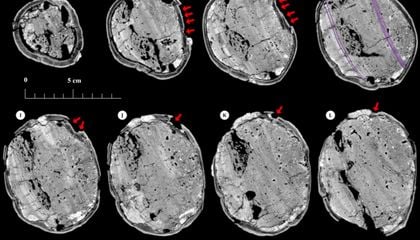In a heartwarming testament to dedicated wildlife conservation efforts, a mountain lion recently struck by a vehicle has made a full recovery and been successfully returned to its natural habitat in the Santa Ana Mountains, following an intensive rehabilitation program in Ramona. This significant event not only marks a victory for this individual apex predator but also underscores the crucial role of wildlife rescue and rehabilitation organizations in safeguarding California’s diverse ecosystems and promoting coexistence between human populations and native fauna.
The incident began when the majestic mountain lion suffered injuries after a collision with a vehicle, highlighting the increasing challenges faced by wildlife in areas adjacent to human development. Swift action by wildlife authorities and concerned citizens was paramount, leading to the immediate rescue and secure transport of the injured animal to a specialized facility in Ramona. This prompt intervention was critical in providing the mountain lion with the best possible chance of recovery, showcasing the rapid response capabilities inherent in effective wildlife emergency protocols.
Upon arrival at the Ramona rehabilitation center, the mountain lion received comprehensive veterinary care tailored to its specific injuries. The rehabilitation process involved a meticulous regimen of medical treatment, nutritional support, and a carefully designed exercise program aimed at restoring its physical prowess and natural hunting instincts. Experts in animal rehabilitation worked tirelessly, employing advanced techniques to ensure the mountain lion regained the strength and agility necessary for survival in the wild, preparing it for a successful reintroduction away from human interaction.
Following its successful rehabilitation, the mountain lion was carefully transported to a remote, undisclosed location deep within the Santa Ana Mountains. This strategic choice of release site is vital for the animal’s long-term survival, offering ample natural resources, suitable prey, and minimizing potential future human-wildlife conflicts. The Santa Ana Mountains represent a critical habitat and a key wildlife corridor for mountain lions and other native species, making its return to this specific area a significant boost for regional conservation.
This successful release transcends the individual story of one mountain lion; it serves as a powerful reminder of the broader challenges and triumphs in wildlife conservation. As urban development encroaches on natural territories, incidents like these become more common, emphasizing the urgent need for protected wildlife corridors and enhanced public awareness regarding safe driving practices in wildlife-rich areas. Supporting organizations dedicated to animal rehabilitation is paramount to mitigating these impacts.
The collaborative efforts of wildlife rescue teams, veterinary professionals, and conservationists in this case exemplify the profound dedication required to protect and preserve iconic species like the mountain lion. Their work ensures that even after a traumatic incident, these magnificent creatures have a second chance at life in their rightful domain. This story is a testament to the fact that with concerted effort and community support, successful interventions can make a tangible difference in the ongoing struggle for wildlife preservation and ecological balance.
Discover more from The Time News
Subscribe to get the latest posts sent to your email.





